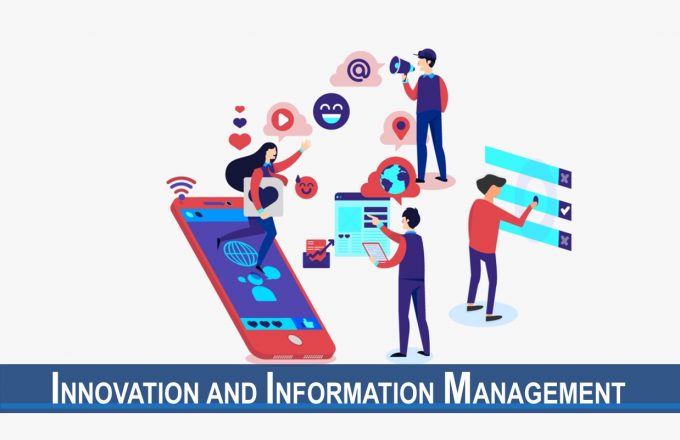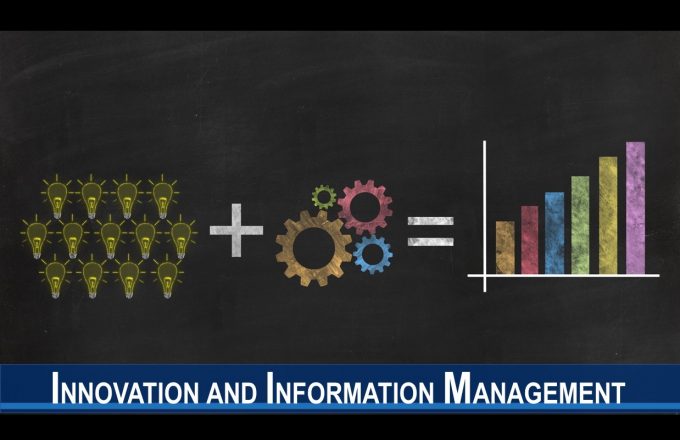機構時常依賴同儕績效評級來分析僱員在工作上獨特且難以被察覺的貢獻。儘管此舉行之有效,然而同儕之間會出現對受評人評級的準確度及資訊效用的差異。在此研究中,我們建立且測試的理論顯示,評核者的社交網絡地位能有系統地解釋上述差異。根據訊息處理理論,我們假設在社交網絡中佔據核心(外圍)位置的成員可獲更多(更少)有關受評人的表現的第一及第二手資訊,這與準確的績效評級關聯性更強(較弱)。為了在互相關聯的場景設置下取得「真實」的績效表現評分,我們採用外部標準比較方法作為我們的論點的基準參數。這樣,既定的績效預測指標(即受評人的一般心理能力 [GMA] 和責任心)和同儕績效評級的有效性系數會增強,從而反映社交網絡核心(外圍)成員更準確(準備度較低)的評級。在研究一中,我們使用一家技術初創公司的機構網絡去研究核心及外圍成員對受評人績效方面的GMA有效性系數。於研究二中,我們嘗試在團隊網絡中複製及延伸研究一的結論,並使用受評人的責任心作為基準指標。兩項研究結果均支持上述假設,即核心社交網絡成員比外圍成員提供更清楚、更準確的同儕績效評級。
July 2021
Journal of Applied Psychology
We propose and estimate a quantitative model of exchange rates in which participants in the foreign exchange market are intermediaries subject to value-at-risk (VaR) constraints. Higher volatility translates into tighter VaR constraints, and intermediaries require higher returns to hold foreign assets. Therefore, the foreign currency is expected to appreciate. The model quantitatively resolves the Backus–Smith puzzle, the forward premium puzzle, and the exchange rate volatility puzzle and explains deviations from the covered interest rate parity. Moreover, the model implies both contemporaneous and predictive relations between proxies of leverage constraint tightness and exchange rates. These implications are supported in the data.
July 2021
Journal of Financial Economics
通過分析中國各地監管政策力度的變化和中國企業的地理分佈,我們研究了政府外部監管對國有企業績效的影響。該研究利用結構化的分析方法,使用常用的企業級別生產數據,估算出企業的生產率和中間投入品價格。研究顯示,加强外部監管是提高企業治理的關鍵,可大幅消減中間投入品的采購價格並大幅減少生產管理中的懈怠現象。結果表面,政府監管可以成爲改善國有企業績效的有效政策工具。
June 2021
The Economic Journal
In social networks, social foci are physical or virtual entities around which social individuals organize joint activities, for example, places and products (physical form) or opinions and services (virtual form). Forecasting which social foci will diffuse to more social individuals is important for managerial functions such as marketing and public management operations. In terms of diffusive social adoptions, prior studies on user adoptive behavior in social networks have focused on single-item adoption in homogeneous networks. We advance this body of research by modeling scenarios with multi-item adoption and learning the relative propagation of social foci in concurrent social diffusions for online social networking platforms. In particular, we distinguish two types of social nodes in our two-mode social network model: social foci and social actors. Based on social network theories, we identify and operationalize factors that drive social adoption within the two-mode social network. We also capture the interdependencies between social actors and social foci using a bilateral recursive process—specifically, a mutual reinforcement process that converges to an analytical form. Thus, we develop a gradient learning method based on a mutual reinforcement process that targets the optimal parameter configuration for pairwise ranking of social diffusions. Further, we demonstrate analytical properties of the proposed method such as guaranteed convergence and the convergence rate. In the evaluation, we benchmark the proposed method against prevalent methods, and we demonstrate its superior performance using three real-world data sets that cover the adoption of both physical and virtual entities in online social networking platforms.
June 2021
MIS Quarterly
Online auction markets host a large number of transactions every day. The transaction data in auction markets are useful for understanding the buyers and sellers in the market. Previous research has shown that sellers with different levels of reputation, as shown by the ratings and comments left in feedback systems, enjoy different levels of price premiums for their transactions. Feedback scores and feedback texts have been shown to correlate with buyers’ level of trust in a seller and the price premium that buyers are willing to pay (Ba and Pavlou 2002; Pavlou and Dimoka 2006). However, existing models do not consider the time-order effect, which means that feedback posted more recently may be considered more important than feedback posted less recently. This paper addresses this shortcoming by (1) testing the existence of the time-order effect, and (2) proposing a Bayesian updating model to represent buyers’ perceived reputation considering the time-order effect and assessing how well it can explain the variation in buyers’ trust and price premiums. In order to validate the time-order effect and evaluate the proposed model, we conducted a user experiment and collected real-life transaction data from the eBay online auction market. Our results confirm the existence of the time-order effect and the proposed model explains the variation in price premiums better than the benchmark models. The contribution of this research is threefold. First, we verify the time-order effect in the feedback mechanism on price premiums in online markets. Second, we propose a model that provides better explanatory power for price premiums in online auction markets than existing models by incorporating the time-order effect. Third, we provide further evidence for trust building via textual feedback in online auction markets. The study advances the understanding of the feedback mechanism in online auction markets.
June 2021
MIS Quarterly
我們的研究發現有詐騙行為的公司與作風誠實正當的公司在資源分配方面迥異不同。以詐騙方式獲取的資源傾向被視為不勞而獲的收益,因此較少會用於投資具生產效益的活動,例如招聘人才。我們假設作風誠實正當的公司與有詐騙行為的公司會投資不同類別的創新發明:作風誠實正當的公司追求重要的技術性發明;而有詐騙行為的公司則傾向進行低价值型的投資,且避免投資具挑戰性的機會,著重外觀型专利的申请多於實際性發明专利的申请。我們運用跨时间段的数据驗證上述假設。我們追蹤了467間中國高科技公司的人才招聘及專利申請活動,而這些公司都申請了國家創新基金資助。透過比較每間公司在同一財政年度的兩套財務報表,我們找出詐騙的端倪。縱使法律上要求兩套財務報表必須相同,但超過一半的財務報表存在差異,而這些差異均有利於該公司。我們發現相對於作風誠實正當的公司,有詐騙行為的公司更加可能獲得國家的创新基金補助,但他们很少在獲得補助後招聘技术人材或進行实质性的研發活动。
June 2021
Administrative Science Quarterly
We assess the impact of geographic diversification on a bank’s costs of interest-bearing liabilities. We employ a new identification strategy and discover that geographic expansion across U.S. states lowered funding costs. Consistent with expansion facilitating risk diversification, we find that (1) funding costs fall more when banks expand into states whose economies are less correlated with the banks’ state and (2) geographic diversification reduces the costs of uninsured, but not insured, deposits. Consistent with expansion intensifying agency frictions, which puts upward pressures on funding costs, we discover that geographic diversification reduces the costs of interest-bearing liabilities more in better-monitored and better-run banks.
May 2021
Management Science
一些媒體平台從消費者及廣告商雙方賺取利潤(例如Spotify、Hulu),而另一些平台的利潤則單方面來自廣告商(例如Jango、Tubi)或消費者(例如Tidal、Netflix)。因此,根據如何將有限的版面空間分配給內容和廣告,媒體平台的策略不盡相同。在本文中,我們考慮到多邊媒體市場的跨邊網絡相應以及內容提供商的競爭特性,考察媒體平台的內容提供策略及其對媒體平台和內容供應商在利潤方面的影響。為了幫助分析,我們建立了一個媒體平台與內容供應商、消費者和廣告商三方互動的模型。首先,我們關於完全競爭的內容市場的分析表明,儘管消費者對內容的渴望可以提高其支付意願,卻同時可以傷害到媒體平台的利潤。其次,和人們的預期相反,平台的利潤可以因獲取內容成本的提高而增長。第三,當平台使用付費內容加廣告的策略時,廣告商對於觸達消費者的意願會降低壟斷市場的內容供應商的利潤。第四,一個壟斷市場的內容供應商無法從榨取競爭平台的全部利潤。此外,互相競爭的內容供應商可能會收取比壟斷市場的內容供應商更高的價格。最後,我們闡述了內容市場的競爭特性如何影響平台對於無廣告策略的選擇。
May 2021
Marketing Science

























